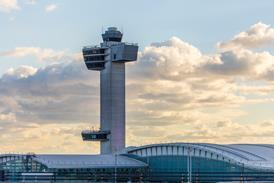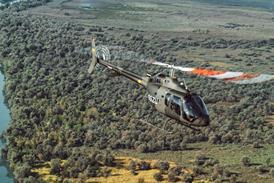Paul Lewis/SINGAPORE
Japan's impending selection of a new basic trainer aircraft is now scheduled for the end of August, as the Government once again hesitates to grasp the politically contentious issue of choosing between a cheaper off-the-shelf foreign contender or continuing its traditional policy of supporting the domestic aerospace industry.
The competition has been narrowed down to the Pilatus PC-7 MkII Turbo Trainer or Fuji Heavy Industries' (FHI) proposed re-engined T-3.
A final decision had been scheduled for early July, after some six years of deliberation, but has been repeatedly delayed as Tokyo grapples with the task.
Trainer aircraft manufacturing in Japan has traditionally been the preserve of FHI. The company is already short of work and some observers view the T-3 proposal as key to its future survival as an airframe manufacturer.
The Swiss PC-7, however, is widely regarded as offering better performance and lower life-cycle costs than the upgraded T-3. The tandem-seat T-3 was originally based on the Beech T-34 and it will require extensive fuselage design modifications to accommodate the new Allison 250 turboprop engine being proposed by FHI.
Pilatus is understood to have offered to share manufacturing and/or final assembly with Japan, but FHI has said its "-first priority must be to get the JASDF [Japan Air Self-Defence Force] to choose our aircraft". The Swiss manufacturer, in the meantime, is working with local trading house Marubeni to push the PC-7 and has teamed with Jamco for after-sales support.
Until now, the competition has been confined to a paper-only evaluation and has been criticised for its stringent requirements and specifications, which have effectively reduced the number of potential bidders from an initial 35 down to just the T-3 and PC-7.
Although Pilatus believes the competition has been carried out in a "-very correct way, with stringent analysis being applied to all data provided", it would like the chance to "-perform a flying and maintenance evaluation side-by-side with the modernised T-3".
Source: Flight International























